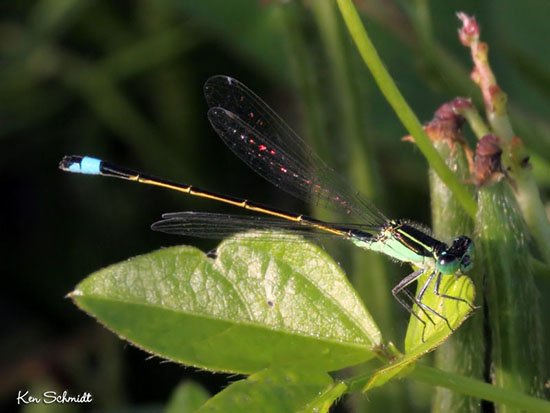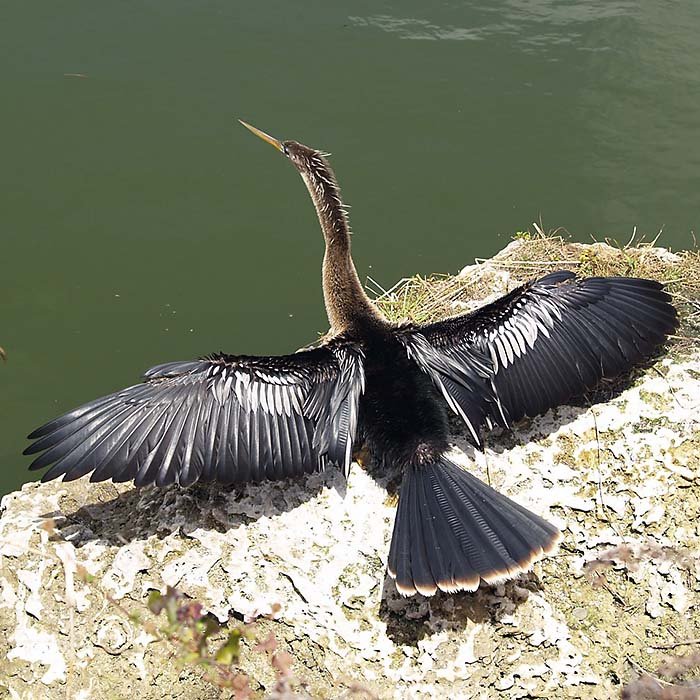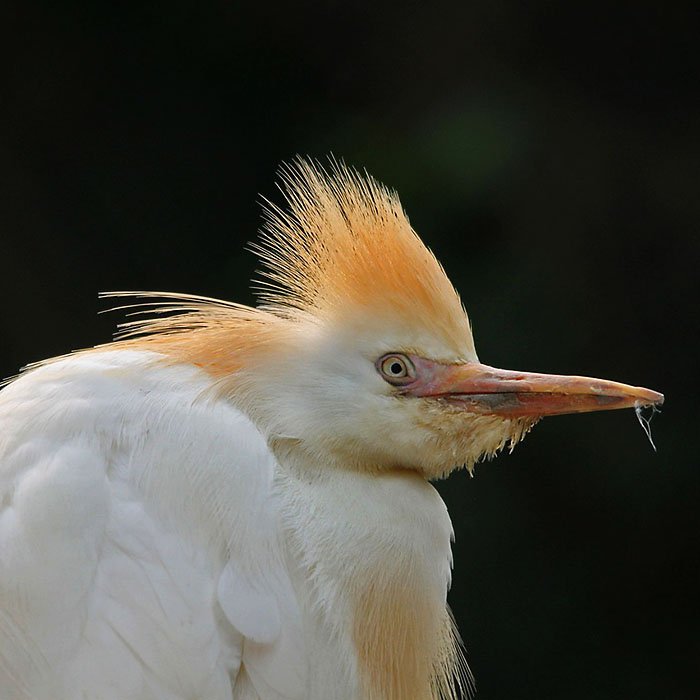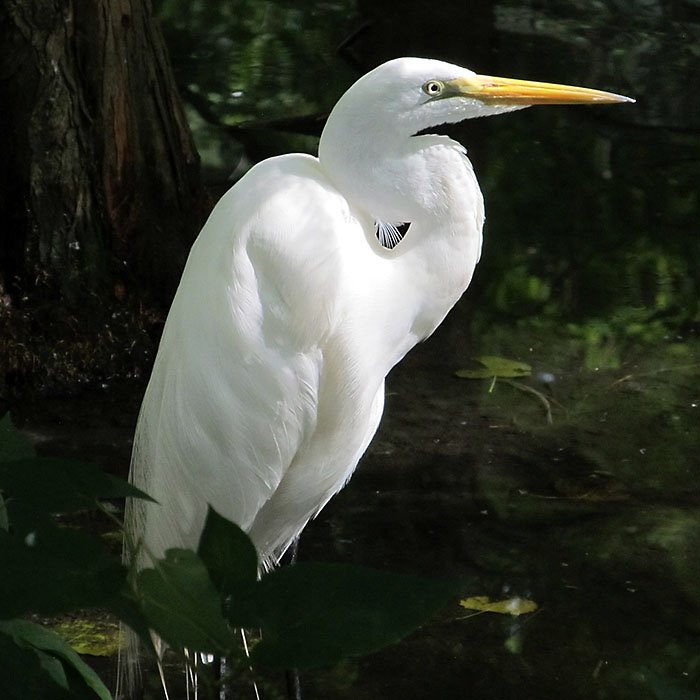Conservation

Black Skimmer Head – photo by Ken Schmidt

Conservation Priority
Seminole Audubon Society (SAS) has a long history of advocacy on conservation and preservation issues. SAS has an active conservation committee that continues to advocate on conservation and preservation issues in Seminole County and surrounding communities. A SAS representative also is a mentor to a college student in Audubon Florida’s Conservation Leadership Initiative. This program introduces students to current conservation challenges and provides learning opportunities for these future leaders. SAS representatives also serve on the Audubon Florida Central Florida Regional Conservation Committee where members work together on common conservation priorities.
Along with other conservation and environmental organizations in Florida, SAS supported the Constitutional Amendments in 2014 to provide funding for the Florida Forever Program. SAS also supported its predecessor, Preservation 2000 which provided $300 million/year for purchases of environmentally-sensitive lands from 1990 to 2007. In 2022, SAS supported Seminole County’s Seminole Forever land acquisition ordinance which is modeled after the Florida Forever program.
Florida Scrub Jays are a threatened species that require a specific habitat. They are the only species of bird endemic to the state of Florida They are residents at the county-owned Yankee Lake Treatment Facility property. In 1993, when the county applied to the US Army Corps of Engineers for a permit modification to construct Rapid Infiltration Basins, SAS was instrumental in getting this habitat preserved. We continue to monitor the status of this special population.
The ecosystem comprising the Wekiva River and its tributaries, the St. Johns River and associated lands, the “Wekiva Basin Area,” represents one of the most valuable natural assets of this State. The Wekiva area is joined with a major spring-shed in excess of 300,000 acres that provides groundwater to maintain the base flows of the springs that make up most of the flow of the Wekiva River and associated streams. The Wekiva ecosystem is joined by a relatively unbroken corridor of habitat with the Ocala National Forest. The State of Florida acquired over 60,000 acres of public conservation lands in the Wekiva area. The Basin continues to experience tremendous development pressure. Audubon Florida has maintained a leadership role in efforts to protect the Wekiva River Ecosystem since c.1981 and has successfully undertaken efforts to create protective regulations and promote acquisition of land to protect this vital Florida resource. Working with others, Audubon pushed passage of the Wekiva River Protection Act (1988), the Wekiva Parkway and Protection Act (2004), and the designation of the Wekiva River as “Outstanding Florida Waters” and a national Wild and Scenic River. SAS continues its partnership with local conservation groups, including Friends of the Wekiva and the Wekiva Coalition to actively pursue conservation, legislative, and public outreach efforts in the Wekiva River ecosystem.

Double-Crested Cormorant • Great Egret • Great Blue Heron • Little Blue Heron • Cattle Egret • White Ibis • Snowy Egret • Wood Stork











